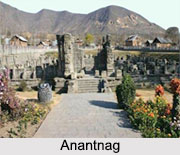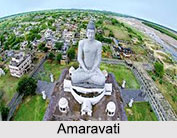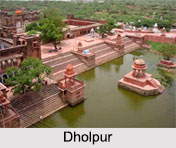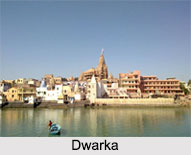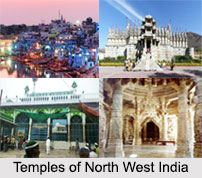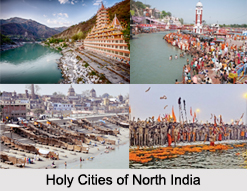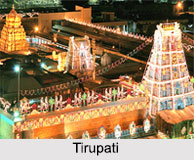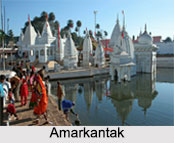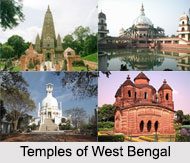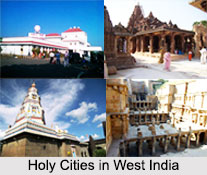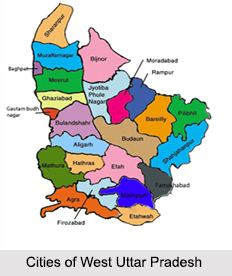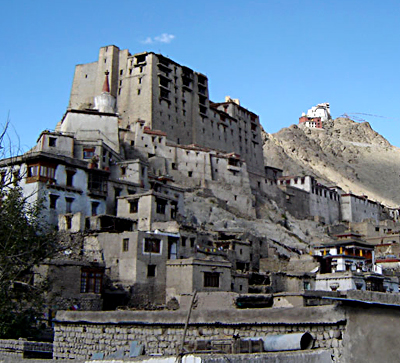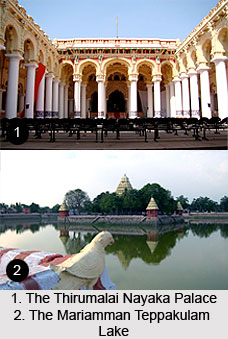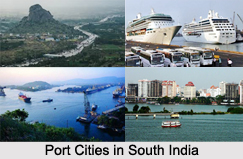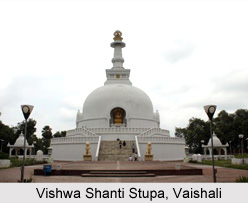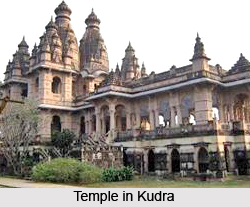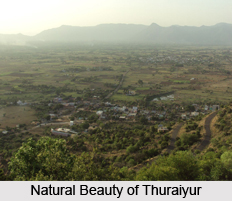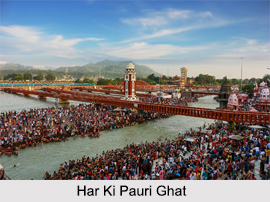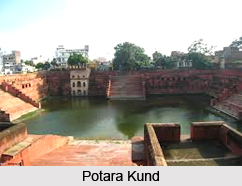 Potara Kund is one of the most important landmarks of Mathura in Uttar Pradesh. Potara Kund is surrounded by the temples from all the sides. This fresh water pond is the eyewitness of the birth of Lord Krishna.
Potara Kund is one of the most important landmarks of Mathura in Uttar Pradesh. Potara Kund is surrounded by the temples from all the sides. This fresh water pond is the eyewitness of the birth of Lord Krishna.
Location of Potara Kund
Potara Kund is located in the center of the Mathura city near Sri Krishna Janmabhoomi.
History of Potara Kund
Potara Kund in Mathura (Uttar Pradesh) is actually a water enclosed area and it is said that mother of Lord Krishna washed his clothes in the Kund. Potara Kund is made up of huge sandstones. It is bounded by the well-known temples enclosing the area.
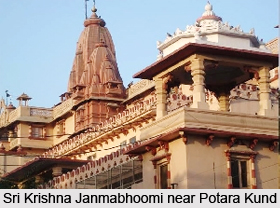 As per legend, there were 159 kunds, out of which only four exist. The other kunds include the Shiv Tal, the Balbhadra and the Saraswati kund. The Potara Kund in Mathura is also associated with young Krishna"s childhood pranks. It is also said that it was earlier used to be called "Pavitra Kund" which means pure. It was also the bathing place for Devaki and Vasudev. Hence this place attains significance.
As per legend, there were 159 kunds, out of which only four exist. The other kunds include the Shiv Tal, the Balbhadra and the Saraswati kund. The Potara Kund in Mathura is also associated with young Krishna"s childhood pranks. It is also said that it was earlier used to be called "Pavitra Kund" which means pure. It was also the bathing place for Devaki and Vasudev. Hence this place attains significance.
Structure of Potara Kund
Potara Kund in Mathura is water enclosed and was considered to have built during the epic period of Mahabharata. It is made of red sandstone and comprises many stairs. This kund is surrounded by various temples and shrines that are believed to have been built during the mythological times. It is build according to the Hindu architectural style.
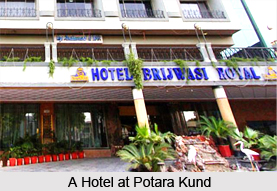 Significance of the Water in Potara Kund
Significance of the Water in Potara Kund
The water in this Kund is also considered to be very holy and pilgrims used to take a holy dip in it using the stairs. The holy water of Potara Kund is also used for auspicious activities. Inside this complex the Goddess Ma Sati Shaktipeeth is located. Apart from offering prayers one can also just sit in the steps and relax in the serene atmosphere.
How to Reach Potara Kund
As it is closer to Sri Krishna Janmabhoomi, it is easily reachable by auto rickshaws, buses or tongas. The ideal season to visit is from October to March.
Today, this site is beautifully maintained and well preserved by the Archaeological Survey of India.
